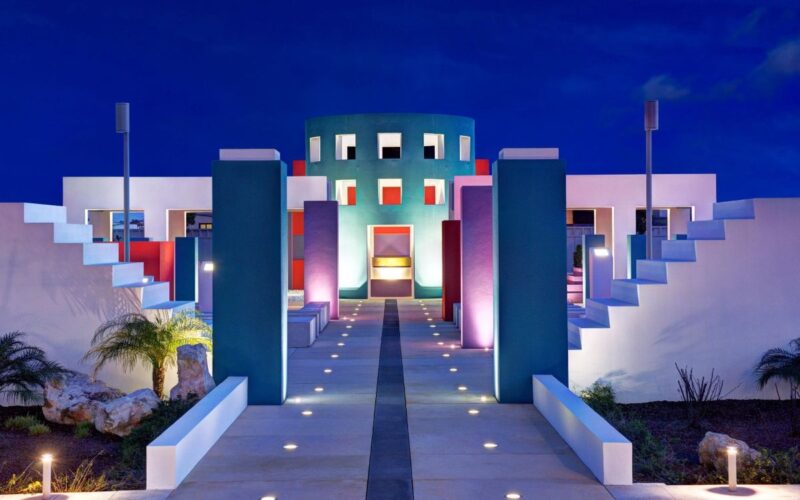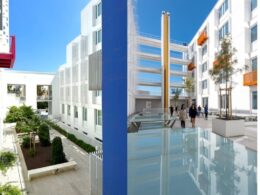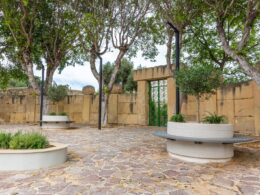Next week, the first edition of Ħaġra Festival 2025 (May 12-18) will bring together architects and the wider community in St Elmo, Valletta, to examine the forces shaping our built environment. You are invited to join the conversation, as together we reflect upon the achievements of, and contemporary challenges for, architecture across the Mediterranean Basin.
The Mediterranean now faces unprecedented environmental, social, and political challenges. In this shifting landscape, architecture plays a crucial role in responding to issues of climate change, resource scarcity, conflict, urban transformation, and the ethics of preservation versus demolition.
Stemming from Din L-Art Ħelwa, the Ħaġra festival presents a curated programme of roundtable discussions, exhibitions, and both local and international presentations on contemporary architectural practice.
The festival begins on May 12 with an exploration of La Serenissima, a private residence that is one of Malta’s 20th century late modernist icons. Designed and inhabited by the artist Frank Portelli, the house is now occupied by his granddaughter, Tamara Fenech. Portelli’s studio, perched on the upper floor was a space where the line between living and working blurred. This guided tour invites you right into this creative haven where architecture, memory, and artistry converge. It is an exciting opportunity to engage with Portelli’s enduring presence and legacy through his archives.

During the week-long series of events, the roundtable discussions will address questions of ‘What does it truly mean to be an architect in Malta today?’, of repurpose versus demolition to safeguard Malta’s historic character, and the importance of maintaining and amplifying regional distinctions across the Mediterranean region.
The programme also includes contributions from architects from France, Spain, Sicily, Morocco, Turkey, Greece and Palestine as well as local architectural practices who will present a selection of their recent projects. Many of these are underpinned by ideas of reusability and adaptive design for Malta and are an opportunity to reflect upon how architects here are grappling with the tensions between pragmatic constraints, an appreciation of the historic landscape, aesthetic aspiration and environmental responsibility.

Interestingly, the event line-up also includes a consideration of water as heritage and ‘The Myth of Abundance’. This session, on May 16, explores the evolution of Malta’s water infrastructure, exposing the socio-environmental costs and systemic challenges tied to water as a resource – and its enduring scarcity. Water collection has historically relied on human intervention; the aqueducts, man-made reservoirs, and desalination systems introduced in the 1980s. The ‘persistent illusion of abundance’ fuels a false sense of security yet freshwater conservation is crucial for a fertile future for these islands.
The festival also includes a guided tour of The Farson’s Brewhouse in Qormi (11am May 17), a modernist industrial complex which has undergone restoration to preserve it as part of Malta’s architectural heritage. The site now serves as a case study in how contemporary interventions can both celebrate and mesh with the original design.
A further guided tour, one of Ħaġra Festival’s closing events on May 18, is a guided tour of Dar il-Ħanin Samaritan in Santa Venera, which was designed by Richard England in the 1980s, and a rare opportunity to visit its tranquil gardens a peaceful retreat for meditation and prayer.
Richard England will himself deliver a presentation (7pm May 15) showcasing a curated selection of his architectural works that have played a significant role in shaping Regionalist architecture on the Maltese Islands. In a succinct overview, he will explore how these projects responded to the local context and reflect on the relevance of these works today, and how they might inspire the evolution of the built environment in Malta’s future.
And throughout the week, the conversation will tour from the pst and present to the future too, roaming through pressing questions surrounding the twenty-first century Mediterranean architecture: how the architects here can best play their part in responding to issues of climate change, resource scarcity, conflict, urban transformation, and the ethics of preservation versus demolition.










